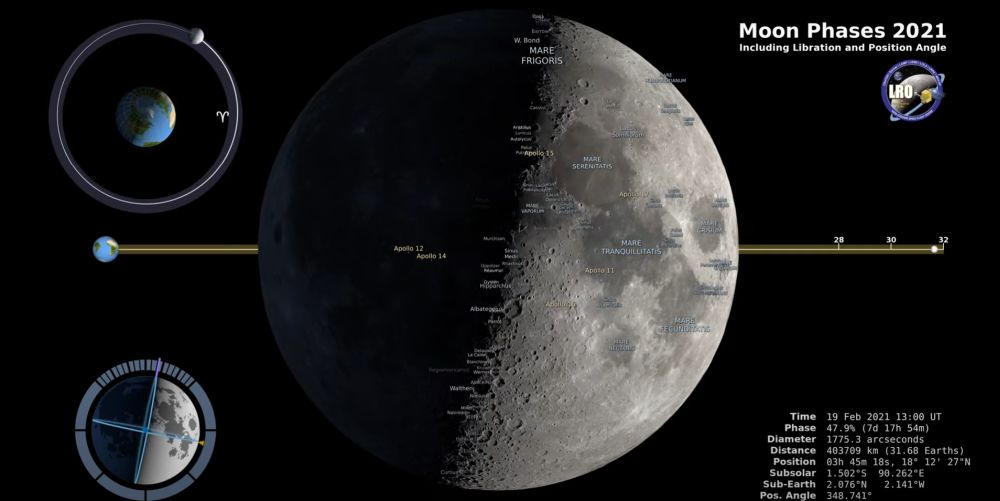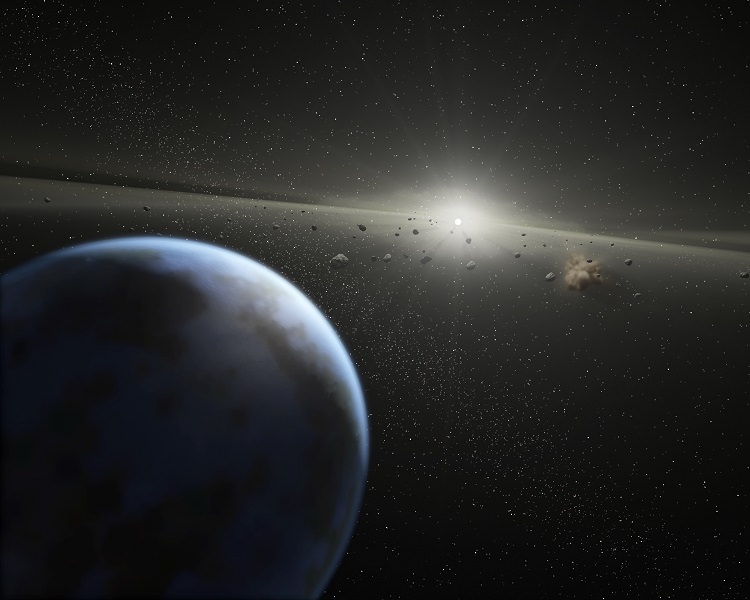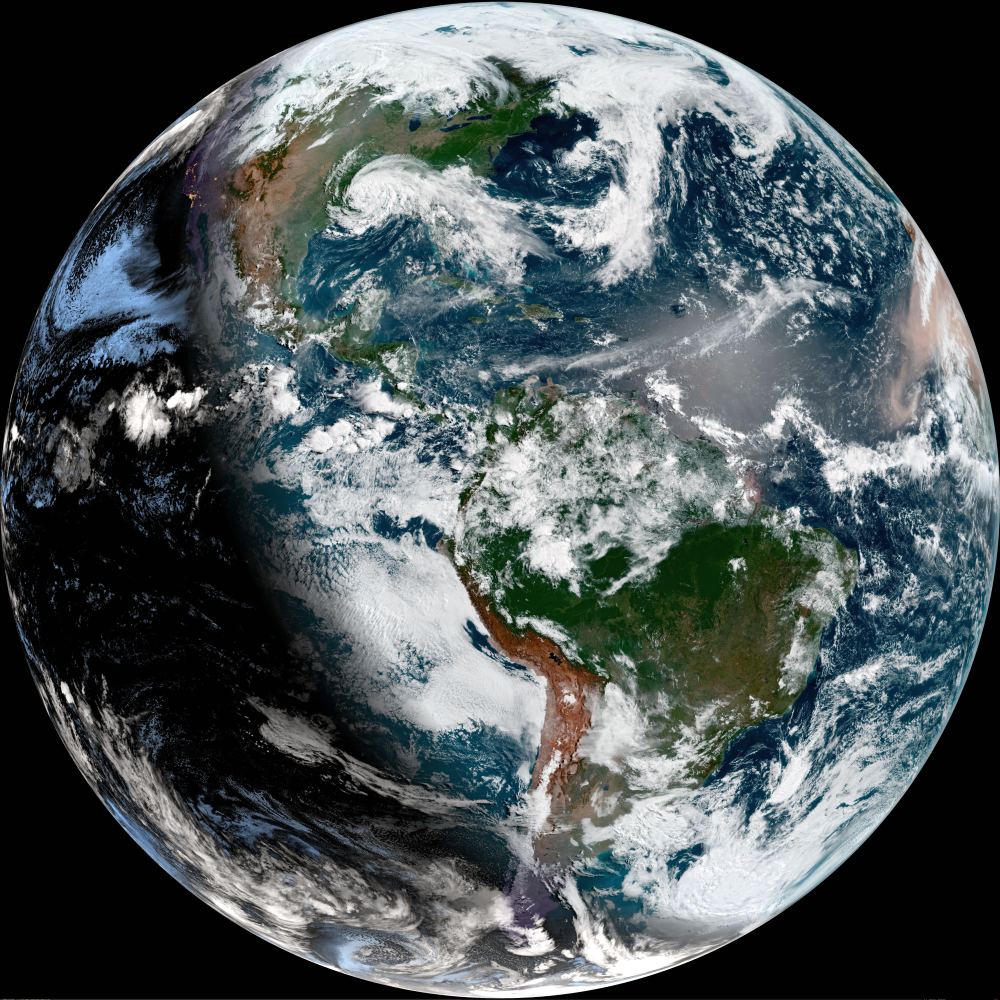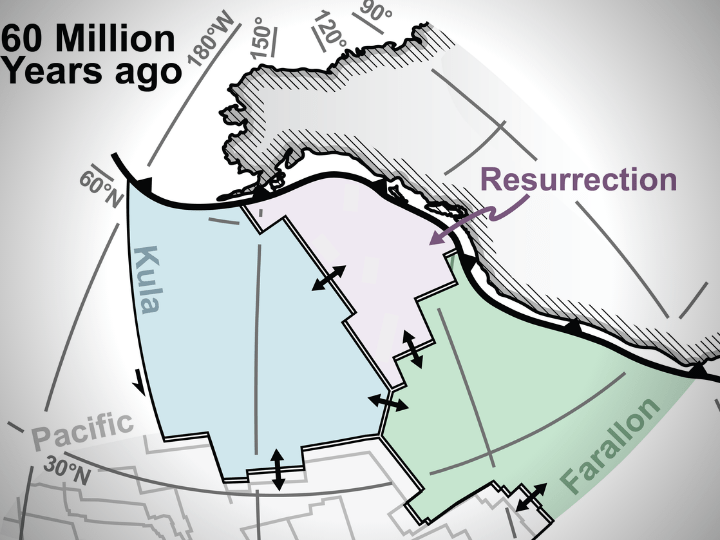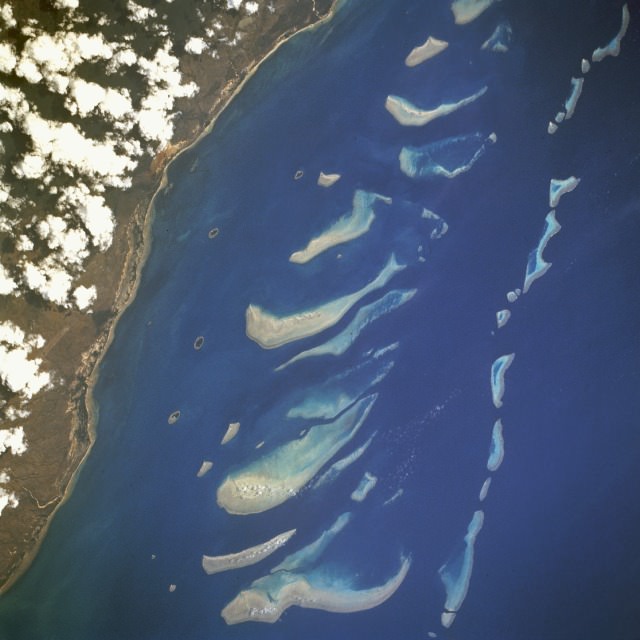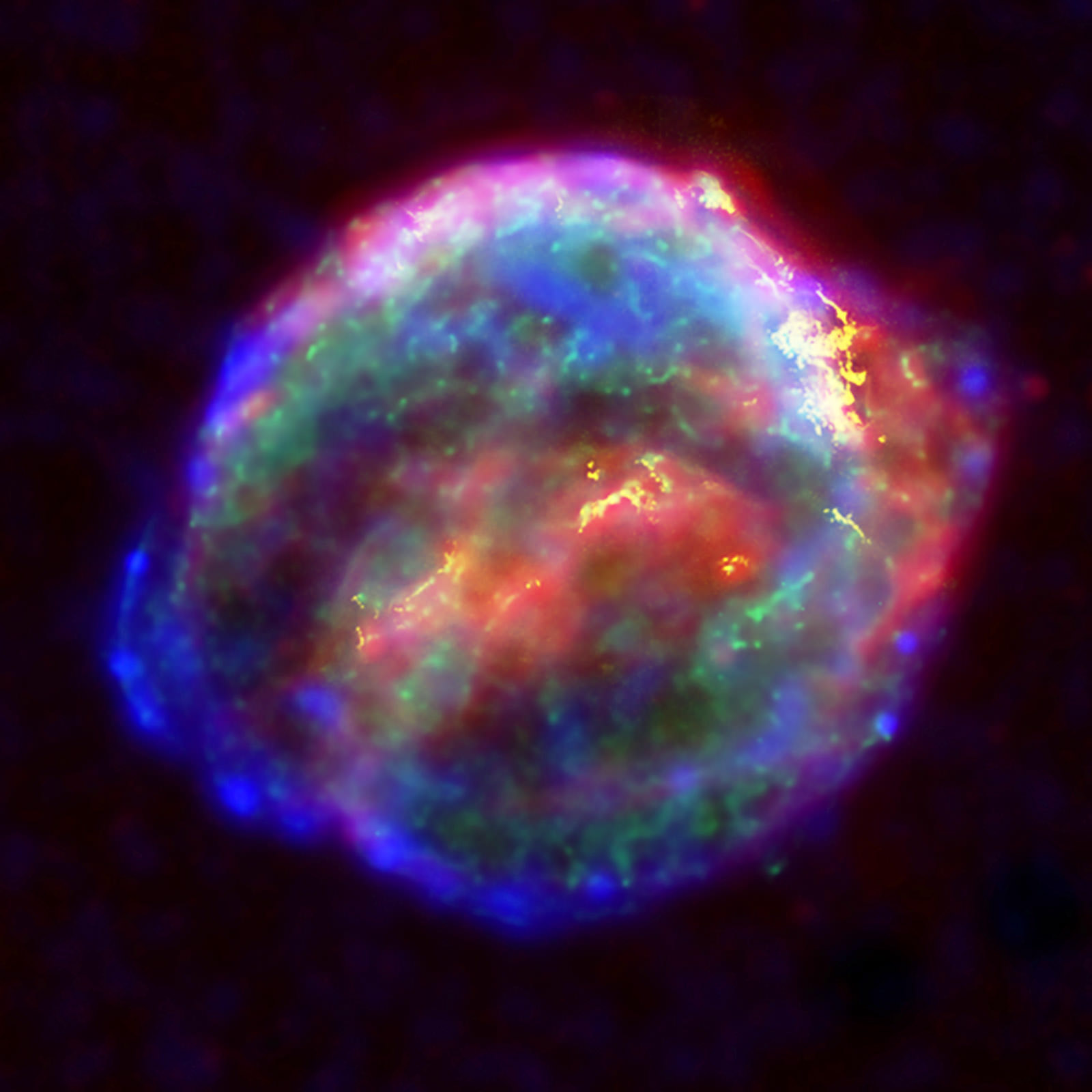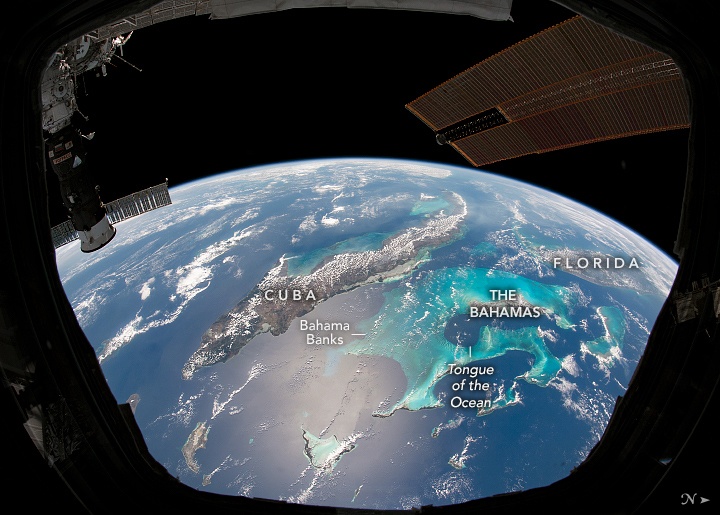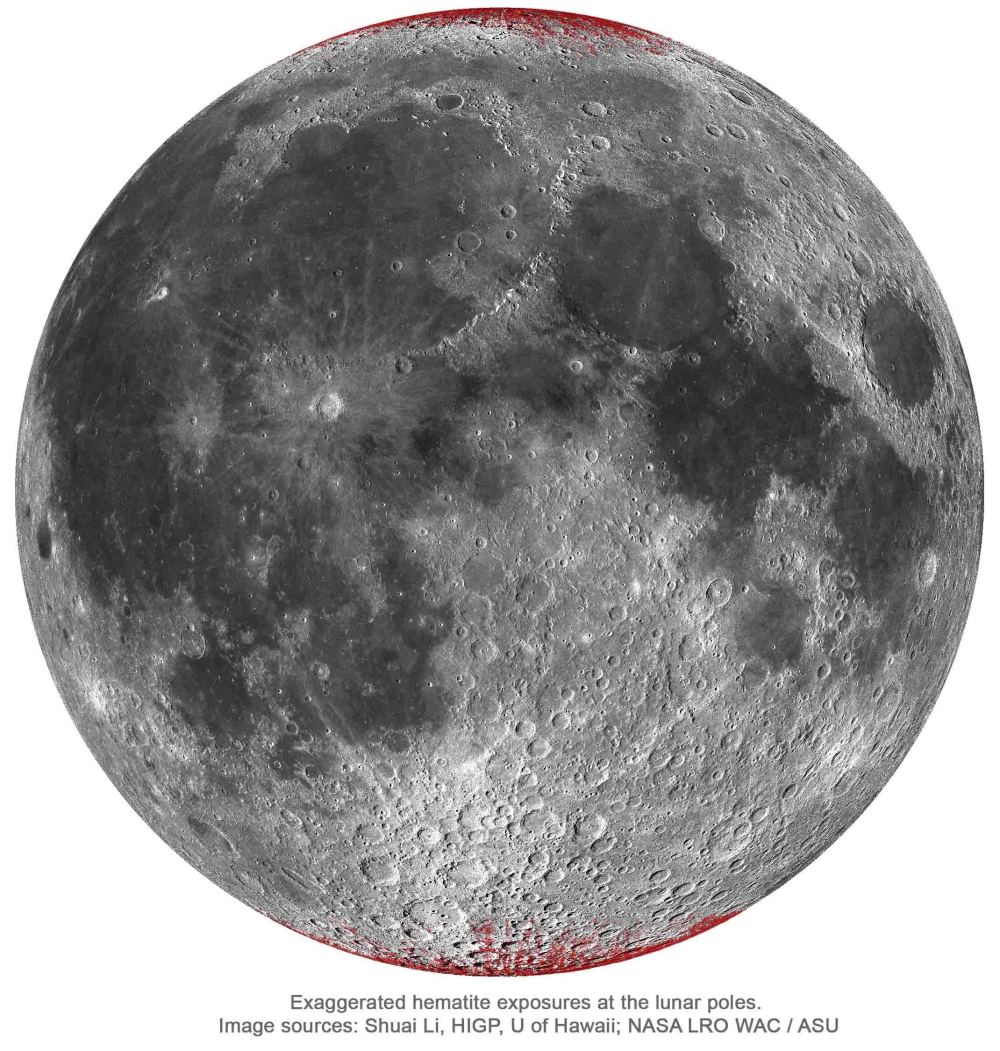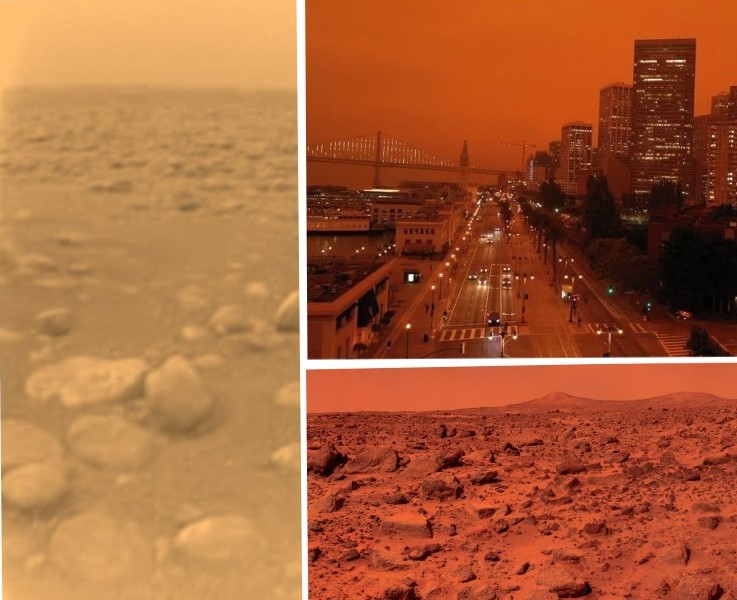There’s no real reason most of us need to know what the Moon will look like on any particular day at any particular hour next year. No reason other than intellectual curiosity, that is. So if you have a healthy supply of that, then you’ll enjoy NASA’s latest contribution to staring at the internet and wondering where the time went.
Continue reading “Every Year NASA Simulates Our View of the Moon for the Upcoming 12 Months. Here’s 2021, Hour by Hour”Every Year NASA Simulates Our View of the Moon for the Upcoming 12 Months. Here’s 2021, Hour by Hour
